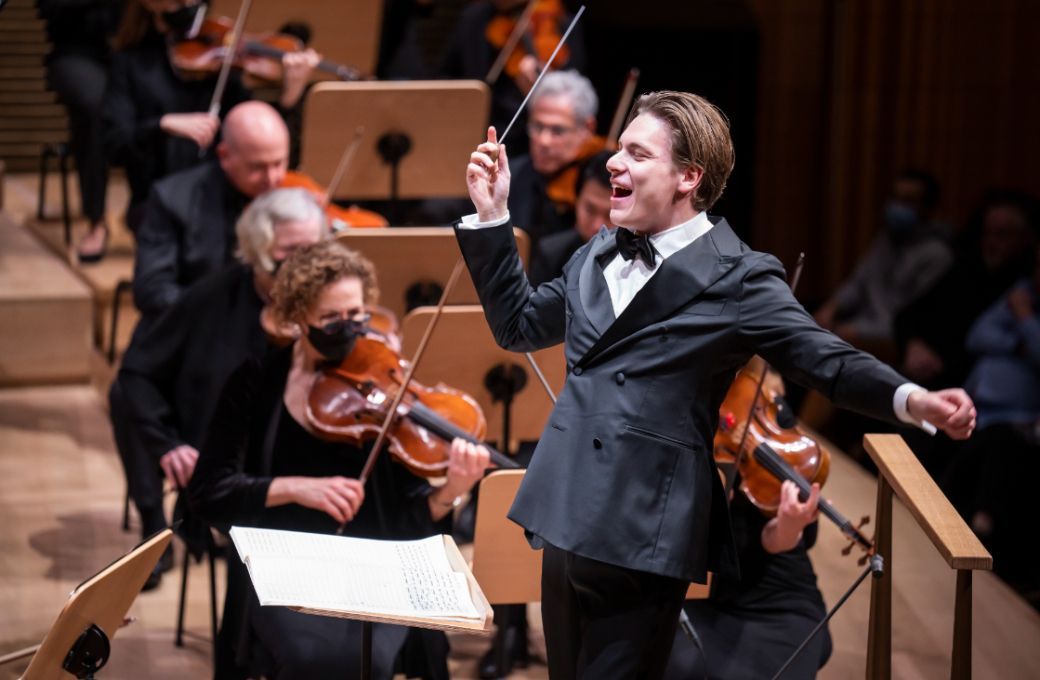“Precocious” is the wrong word for Klaus Mäkelä. The Finnish 26-year-old already leads the Oslo Philharmonic and the Orchestre de Paris, and was recently announced as the next Chief Conductor of the Royal Concertgebouw Orchestra. Despite his young age and quick rise to stardom, Mäkelä’s debut with the New York Philharmonic proved that he is no mere child prodigy. Rather, he proved himself equal in skill, maturity and artistic vision with many of his more senior colleagues, culminating in the best Pathétique I’ve heard in years.

Mäkelä’s conducting style is unhurried and contained, embodying the less-is-more approach of his teacher Jorma Panula who counts Esa-Pekka Salonen and Susanna Mälkki amongst his former students. Mäkelä drew clean, transparent playing from the NY Phil, and his interpretations were thoughtful rather than revelatory. But what was most striking was his confidence in letting the orchestra play itself – there were times where Mäkelä simply stood on the podium after giving his downbeat – and the players responded wonderfully to this implicit trust. A mark of true maturity.
His programming, too, seemed a statement of intent. Mäkelä has long championed the Peruvian composer Jimmy López Bellido, and it’s easy to see why. Perú Negro is an undeniably thrilling curtain-raiser, full of dance rhythms that allow the NY Phil’s exceptional percussion section to shine. López Bellido displays a dazzling mastery of orchestral colour and timbre which Mäkelä takes full advantage of, bringing the frenzied finale into a whirlwind of blazing sound.
It’s worlds away from Shostakovich’s Sixth Symphony, one of the composer’s more elusive works. It’s dominated by a Largo first movement longer than the other movements combined, full of ambiguous shifting harmonies. It’s a tricky movement to pace, and Mäkelä struggled with some of the pianissimo entrances, sounding ragged at times. The highlight was principal flautist Robert Langevin, moody and mysterious in his extended solos. The burlesque finale, taken at impressive speed, was polite rather than sardonic.
But it was the Tchaikovsky where Mäkelä truly shone, allowing plenty of space for the music to breathe without indulging in sentimentality. He drew rich, chocolatey tone from the strings, pushing Tchaikovsky’s long lines to their absolute limits – the deceptive finale in the third movement was a glorious, triumphant blaze of sound. But it was the chamber aspects of the piece that came out most strongly, Mäkelä simply standing on the podium and allowing his players to lead themselves through the second movement waltz, and leaving plenty of space for his woodwind soloists. The finale was suitably overwhelming – rich, turbulent, and tragic – I’ve never heard the New York audience sit for so long in stunned silence.


